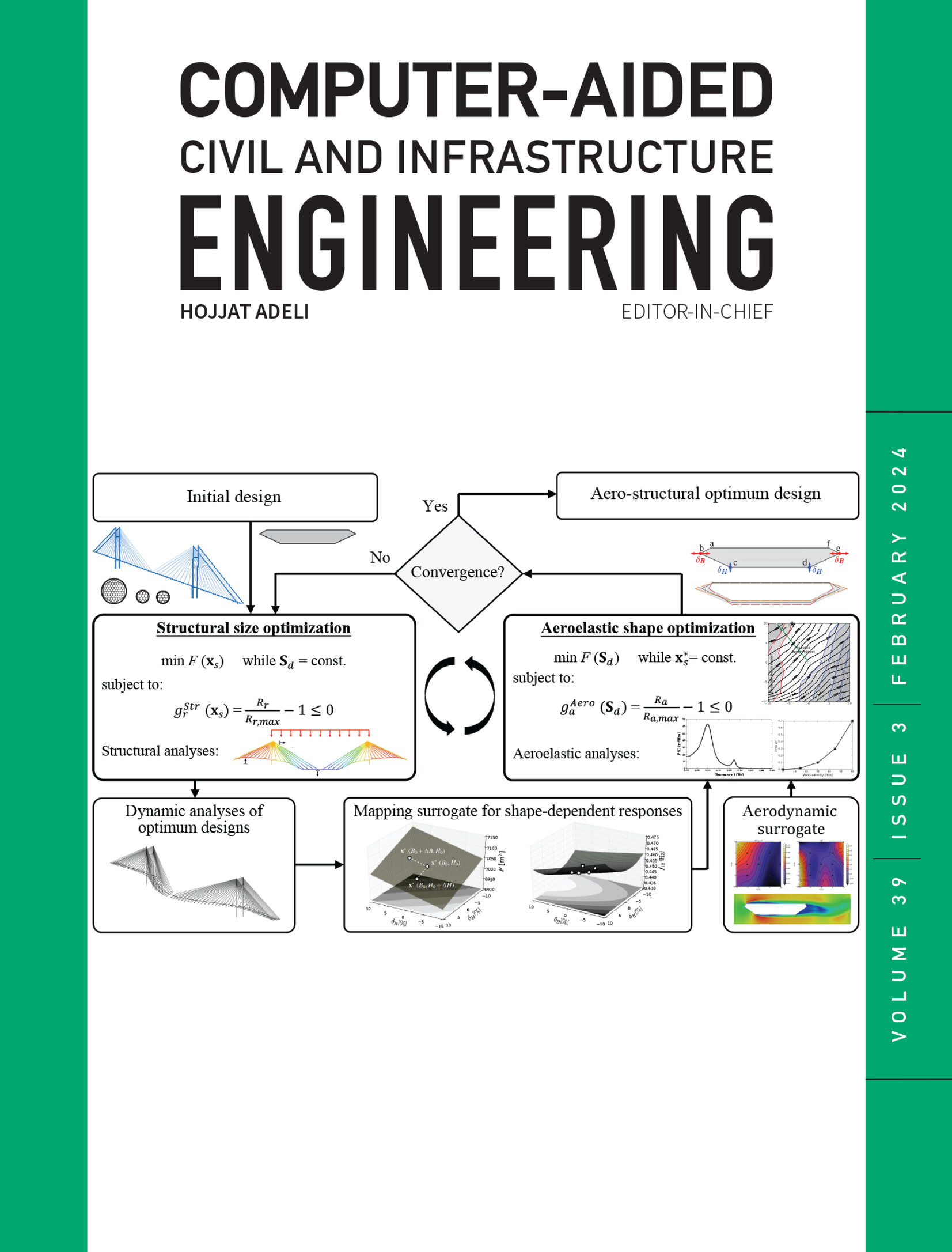An interpretable operational state classification framework for elevators through convolutional neural networks
IF 8.5
1区 工程技术
Q1 COMPUTER SCIENCE, INTERDISCIPLINARY APPLICATIONS
引用次数: 0
Abstract
Ensuring the safe, reliable, and cost-efficient operation of transportation systems such as elevators is critical for the maintenance of civil infrastructures. The ability to monitor the health state and classify different operational states (elevator moving up/down, stopped, doors opening/closing) may lead to the development of intelligent solutions, such as diagnostics and predictive maintenance. Accordingly, downtime and maintenance costs can be significantly reduced with an accurate monitoring of the operation parameters and dynamics. In this context, this paper presents a novel approach for the operational state classification of elevator systems based on a one-dimensional convolutional neural network, using exclusively a single axis (Z) of an accelerometer signal. The proposed model utilizes a single accelerometer and addresses the challenge of distinguishing overlapping signal patterns, such as those produced by vertical displacement and door movements. The approach includes an interpretability stage, which demonstrates the data processing involved in extracting features from the underlying physical phenomena captured in the acceleration signal. Obtained results have been validated with an on-site captured dataset which contains 250 elevator journeys and compared with three other classification methods that have been conventionally used: generalized likelihood ratio test (GLRT), barometer-assisted GLRT, and three conventional machine learning modelss. It has been shown that the proposed approach is very accurate, with 96% of the average F1 score and, importantly, includes the analytic relation of the classification model features.求助全文
约1分钟内获得全文
求助全文
来源期刊
CiteScore
17.60
自引率
19.80%
发文量
146
审稿时长
1 months
期刊介绍:
Computer-Aided Civil and Infrastructure Engineering stands as a scholarly, peer-reviewed archival journal, serving as a vital link between advancements in computer technology and civil and infrastructure engineering. The journal serves as a distinctive platform for the publication of original articles, spotlighting novel computational techniques and inventive applications of computers. Specifically, it concentrates on recent progress in computer and information technologies, fostering the development and application of emerging computing paradigms.
Encompassing a broad scope, the journal addresses bridge, construction, environmental, highway, geotechnical, structural, transportation, and water resources engineering. It extends its reach to the management of infrastructure systems, covering domains such as highways, bridges, pavements, airports, and utilities. The journal delves into areas like artificial intelligence, cognitive modeling, concurrent engineering, database management, distributed computing, evolutionary computing, fuzzy logic, genetic algorithms, geometric modeling, internet-based technologies, knowledge discovery and engineering, machine learning, mobile computing, multimedia technologies, networking, neural network computing, optimization and search, parallel processing, robotics, smart structures, software engineering, virtual reality, and visualization techniques.

 求助内容:
求助内容: 应助结果提醒方式:
应助结果提醒方式:


